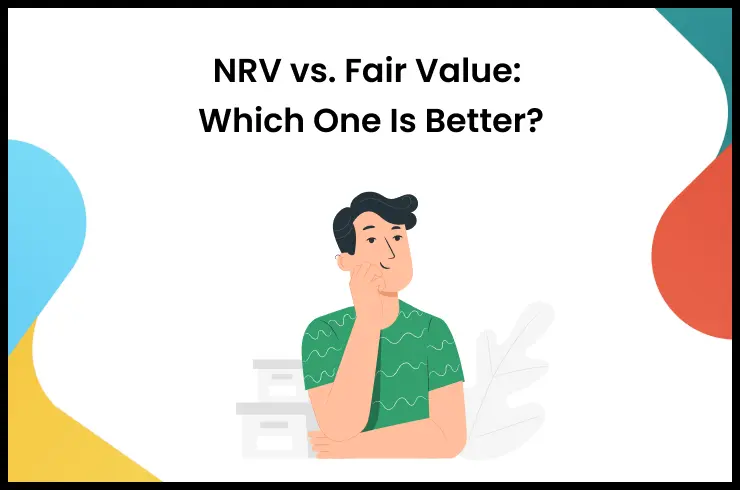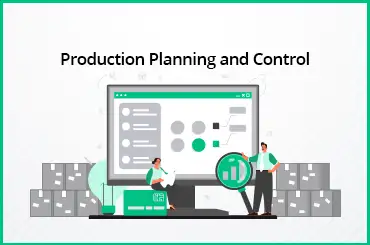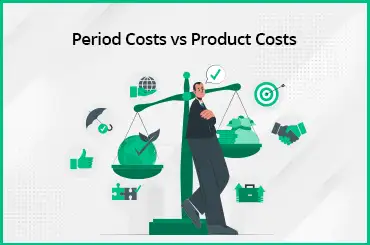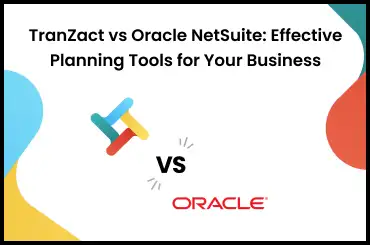DDMRP is an operational schedule and plan methodology that integrates the traditional MRP and distribution tactics with the theories of 'Lean' and 'Theory of Constraints'. DDMRP is an optional extension of MRP, not a replacement, but it helps ERP work better in volatile environments.
Read this blog to get an insightful overview of Demand Driven Material Requirements Planning (DDMRP) and a guide on its functionality and its ability to respond to fluctuations in supply and demand, shortages, and production issues.
What Is DDMRP?
DDMRP is a flow-based materials planning approach designed for dynamic market environments to enhance material resource planning and performance, enabling shorter customer lead times. It is clear, simple to understand, intuitive, consistent, and long-lasting.
It is an inter-scheduling and carrying-out technique that protects and promotes the flow of relevant information. It is certified by the Demand Driven Institute and is gaining popularity among companies to manage customer lead times and enhance the overall production flow. It uses a set of principles and methods to plan and manage inventory in a way that is responsive to changes in demand, while also minimizing the impact of variability on the supply chain.
How Does Traditional MRP Work?
A traditional Material Requirements Planning (MRP) system accelerates the manufacturing supply chain by establishing what raw materials, modules, and structural components are required and when they should be installed.
MRP finds the solutions to such concerns by presenting three major questions:
- What is required?
- How much is required?
- When is it required?
The responses to these inquiries specify what materials are required, how many are required, and when they are required, facilitating an efficient and effective production schedule.
Traditional MRP plans for the resources and supplies necessary for creating a product until the forecast is accurate and no unexpected changes occur. However, things can change quickly in a dynamic environment.
To reduce risk, MRP employs assumptions and formulas to stage extra 'just-in-case' stock across the production process. However, it is not efficient enough to ensure no shortages, businesses also waste time and resources with excess inventory. When MRP detects an anticipated shortage, it notifies the user to facilitate replacements for buffer inventory and activates manual actions and presence to tackle the issue.
Manufacturers want to reduce the variability caused by inaccurate forecasts and supply chain discrepancies, such as late receipts, late order execution, excess scrap, quality issues, and misleading records. DDMRP advances traditional MRP to minimize excess inventory and reduce unnecessary shortages.
How Does Demand-Driven Material Requirements Planning Work (DDMRP)?
DDMRP eliminates variability by employing a 'Pull' technique for material requirements planning in a demand-driven approach. It differs from MRP, which employs a 'Push' technique to relocate inventory based on the forecast. DDMRP is a methodology based on position, protection, and pull.
Instead of focusing on forecasts and market fluctuations of demand and supply, it tracks usage patterns and manages recovery through a simple visual system. Buffer inventory is only used to guarantee the accessibility of essential areas regarded as strategic, resulting in less overall inventory and fewer shortages.
The three components of DDMRP are explained below-
- Position - In an adaptation of the Theory of Constraints method, bill of material is examined to identify strategic items at critical points within structures. These critical materials must be prioritized for material control over all other components.
- Protect - Inventory is used to ensure critical item availability, but it is not included in the initial MRP planning methodology and is replenished interactively as needed.
- Pull - Buffer inventory is managed using an inventive pull approach that supervises inventory levels and uses visual elements to keep them within a certain spectrum.
DDMRP activates inventory orders based on sales and consumption statistics, ensuring that the right products are in the required place and at the right amount. It is a simple methodology that boosts flexibility while improving service levels, lead times, and inventory.
Therefore, DDMRP acts as a management model that allows businesses to detect and respond to complex, volatile markets. It is a tested methodology for increasing operational agility and innovation.
DDMRP users pull managed to stock at critical places to protect the project timeline and keep the appropriate quantity of stock available for high-value products. The noticeable execution signals round out a clear and simple, and dynamic replenishment process that is simple to implement and maintain. MRP is still present, performing its normal function for non-strategic items and collaborating with DDMRP in the planning process.
The planning process of DDMRP establishes the following steps in the process -
- Determine which strategic items will be managed through DDMRP.
- Identify safety inventory or buffer target benchmarks and parameters.
- Use the pull signals represented by the indicators to replenish.
- Use DDMRP functions and operations to plan and conduct the inventory.
- To carry out the plan, cooperate with suppliers in the supply chain and use replenishment zones/triggers.
DDMRP vs MRP
Here is a rundown of the key differences between DDMRP and MRP to guide businesses to make the right decisions.
| Conditions | DDMRP | MRP |
|---|---|---|
| Definition | It is an extension of the MRP system and focuses on managing inventory effectively. | It is a methodology that optimizes requirements and resource planning and alignment for production. |
| The Mechanism Used | It uses pull mechanisms to drive inventory outcomes. | It uses market forces such as demand, supply, and forecasting. |
| Time Frame | Directly linked to real-time inventory, usage, and demand-based stocking strategies. | Uses predictions for planning and goes beyond cumulative lead time. |
| Environment Required for Results | The results are subject to change due to the presence of a volatile environment. | It has stable outcomes, and defined results as the results are based on predictable demand. |
| Dependencies | MRP and a visual replenishment control system. | Depend on Sales and Operations planning, forecast accuracy, and long-term stability. |
How Did DDMRP Software Involve?
DDMRP is a cloud-based supply chain planning solution that integrates with ERP and offers other aspects of planning such as demand forecasting, inventory planning, and "what if" scenario analysis.
DDMRP was developed and refined by forward-thinkers in traditional manufacturing management, lean manufacturing, and the Theory of Constraints, who tested multiple processes and derived the supremacy of DDMRP. The Demand Driven Institute aims to spread the word about it, educate and certify manufacturing professionals, and integrate it into ERP products.
Manufacturers are shifting to DDMRP as it is a conceptual calculator that allows for shorter lead times, streamlined distribution requirements planning, fewer shortages and downtime, and happier customers. Demand-driven material requirements planning consists of long supply chains that are broken up by creating bifurcation points that act as safety buffers. This enables supply chain professionals to isolate and address issues as they arise, reducing the impact of the bullwhip effect.
Revolutionize Materials Planning With DDMRP
DDMRP has evolved as the main choice for business due to real-time information, visualization, and alerts to help companies respond quickly to market and business unpredictability. Upgrade from traditional materials and requirements planning to automate key material planning operations and maximize resource capacities significantly. TranZact is a cloud-based business automation solution that empowers you to streamline requirements planning, view detailed demand forecast reports, allocate resources effectively and do a lot more.
FAQs on DDMRP
1. What is material replenishment?
Resupply or replenishment is the act of replacing components and materials used by companies to ensure they receive replacements before the supply runs out.
2. What are the benefits of DDMRP for manufacturing companies?
It eliminates variability by using a 'pull' strategy for material requirements planning, tracking actual usage, and managing replenishment via a visual system.
3. What are the key features of DDMRP?
The features of DDMRP include Strategic Inventory Positioning, Buffer Profiles and Levels, Dynamic Adjustments, Visible and Collaborative Execution, Control of overstock, Management in Shortage, and Demand Driven Planning.















